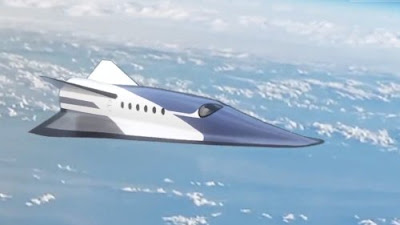DAILY INNOVATION BRIEF by Edward Kane, Journalist
DAILY INNOVATION BRIEF
By Journalists Edward Kane & Maryanne Kane
MIT'S HYDROGEN ENERGY BREAKTHROUGH
Source: MIT and Stock
- MIT engineers have a design for a revolutionary system to generate hydrogen cheaply and efficiently using only solar power. Here's what we know:
- MIT engineers have designed a train-like system of reactors that generate hydrogen solely by solar power
- MIT says the system harnesses and uses 40% of the sunlight coming into it
- The MIT system uses the sun's heat to break and split water into hydrogen
- This is a major breakthrough because of its green efficiency
- Conventional systems use fossil fuels to produce hydrogen
- This procedure produces no greenhouse gas emissions
- It produces "solar thermochemical hydrogen" which is a clean fuel that can power planes, ships and trucks for long distance travel
- Other attempts to build such a system have been inefficient and costly with only 7% of the incoming sunlight used to produce hydrogen
- MIT says their system will generate hydrogen cheaply and at scale, which could help make hydrogen the fuel of the future.
TELEDRIVING - THE FUTURE OF DRIVING?
- As autonomous driving proves to be harder to achieve than first thought, a German self-driving start-up thinks it has an alternative solution - teledriving. Here's what we know:
- Teledriving is where cars are remotely operated by humans
- Teledriving has been launched by Vay, a self-driving startup company, based in Berlin
- Vay cars are equipped with GPS, radar, sensors and ultrasound that allows remote drivers to control the cars remotely
- Vay provides a purpose-built station for the remote driver with a steering wheel, brakes, driver's seat and 3 monitors showing visibility from the front and 2 sides
- Has the distinction of being the first to drive a car on a European road without a human inside the car
- According to Vay, the benefits of remote driving include: avoidance of tricky driving situations, avoiding unexpected obstacles, addresses safety concerns and it's coming to market sooner than autonomous cars
- Vay is a hot startup currently raising millions of dollars in investment money to expand its operations.
NASA PLANS TO BUILD ROADS ON MARS
- NASA plans to build roads on the Moon by using unique lasers to blast and melt lunar soil. Here's what we know:
- NASA plans to use concentrated sunlight directed to specific areas of lunar soil using huge lenses to build roads of travel on the Moon
- Based on their experiments on Earth, they think it will melt the lunar soil, allow it to be converted into tiles, which would be used to pave the roads
- NASA plans to build homes on the Moon by 2040
- Roads would certainly make NASA's Moon habitation plans a lot easier.
For more stories like this, SEARCH FOR LIFE IN SPACE
.jpg)



.jpg)

.jpg)
.jpg)
.jpg)



Comments
Post a Comment